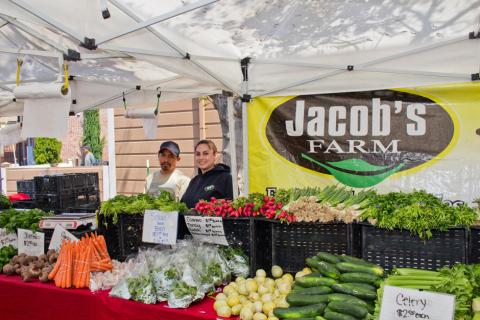Kimchi
A traditional pickled condiment widely used in Asia, this kimchi will become one of your favorites.
- 2 heads Napa cabbage heads, cut in quarters, top to bottom
- 1-2 cups sea salt
- 3 large carrots, cut into matchsticks
- 2 cups bean sprouts
- 5 tablespoons fresh ginger, finely chopped
- 5 tablespoons sugar
- 1 cup daikon radish, cut into matchsticks
- 1 cup finely chopped green onion
SPICES
- 1 cup red chili flakes
- 2 tablespoons sake
- 1 cup finely chopped cilantro, leaf, and stems
- 3 tablespoons sesame oil
- 2 tablespoons sesame chili oil
- 12 to 15 cloves garlic, minced
- 4 tablespoons soy sauce
- 1 cup mochiko
Quarter the heads of cabbage. Rub the sea salt between every leaf, paying special attention to working the salt into the base of the cabbage near the heart. Place in a non-reactive bowl and cover with a plate. Weight the plate down so that as the cabbage releases water, it immerses the cabbage. Turn the cabbage every 30 minutes until all of the excess water is released; press for at least 1 hour, or as long as overnight.
While waiting for the cabbage to yield its water, prepare your other veggies and mix the spices. After salting the cabbage there is no more addition of salt. The quantity varies based on the size of the cabbage, but what you use salting the cabbage is all you need. Separately combine the spices together and the veggie mix together and then combine. The veggies, combined with the spices, will yield water that will make the spices into a paste. You will eventually spread the paste on the cabbage leaves like you spread the salt earlier.
Once all the water is released from the Napa cabbage, rinse the cabbage at least 5 times to remove what is left of the salt. The salt that is absorbed by the cabbage is plenty to aid in fermentation. Squeeze the cabbage to remove excess water.
Next, smear the paste into the individual cabbage leaves and put in a clean container. Once all your cabbage is processed, weigh down again in a fermentation receptacle and put a lid on it. Your fermentation vessel should have an airlock. Air should be able to escape, but no contaminants can get in. After 24 hours, your mixture should yield enough additional liquid to completely submerge the kimchi.
Ferment in your kitchen or other warm places. Taste the kimchi every day. After about a week of fermentation, when it tastes ripe, move it to the refrigerator. A more traditional method is to ferment kimchi more slowly and with more salt in a cool spot, such as a hole in the ground or a cellar or other cool place.








